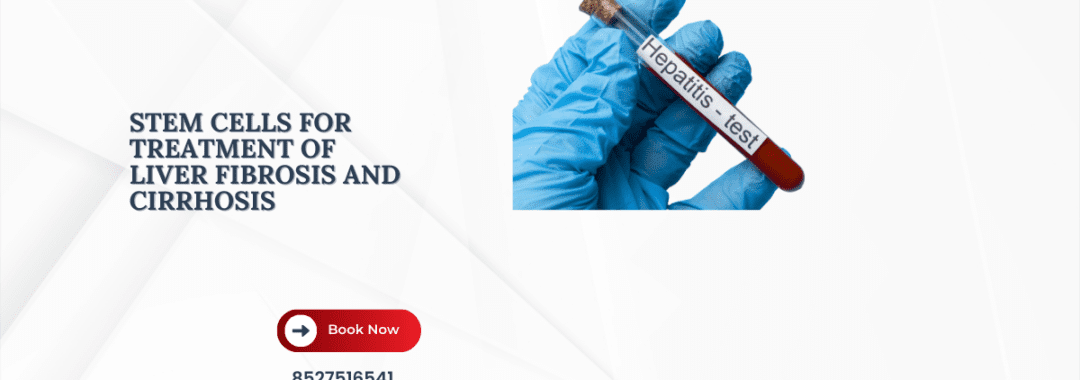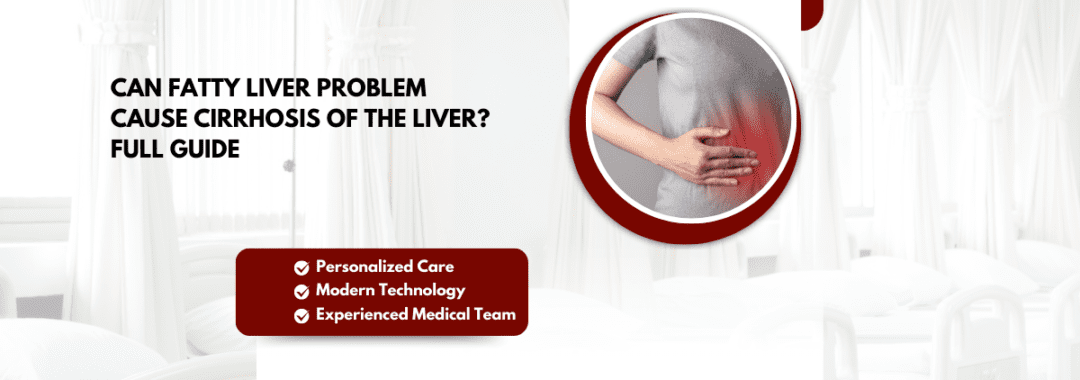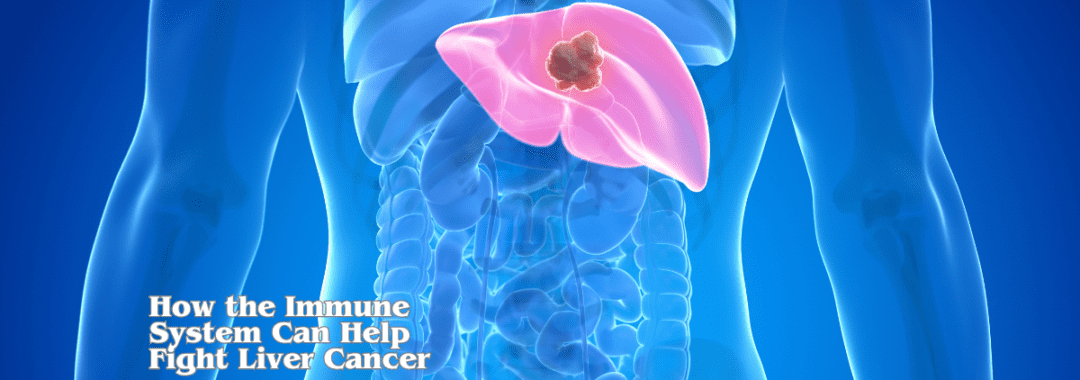Have you ever thought about what your liver really does for you? It quietly works behind the scenes, like a hardworking engine, keeping your body running smoothly. But what happens when this engine starts to fail because of a disease most people haven’t even heard of—Primary Biliary Cirrhosis?
If you’re wondering what it is, how risky it can be, and what options exist (including transplant surgery), you’re in the right place. This guide will walk you through everything you need to know—using simple language, relatable analogies, and real-world insights. We’ll also touch on how to find the best liver transplant surgeon in India, should it ever come to that.
1. What Is Primary Biliary Cirrhosis (PBC )?
Primary Biliary Cirrhosis, more often referred to by the name of Primary Biliary Cholangitis, is a slow-moving liver disease. It is caused by the immune system of your body mistakenly attacking the tiny bile ducts that are located inside the liver. Imagine tiny highways carrying bile (a digestive fluid) becoming blocked, creating congestion that damages the liver.
As time passes, this injury can result in the condition known as cirrhosis or scarring of the liver tissue. This can affect how your liver functions.
2. How the Liver Works and Why It Matters
Imagine the liver’s function as a natural cleanser for your body. It:
-
Removes toxins from the blood
-
Produces bile to help digest fats
-
Storage of energy and nutrients
-
Aids in blood clotting
Once PBC starts to work, the functions begin to fail. It’s like having a blocked engine filter. It’s not noticeable initially, but with time, it will slow everything down.
3. Early Signs and Symptoms of PBC
PBC may be hidden from the patient. People who are healthy for a long time, while some begin to experience strange symptoms in the beginning. Here are some common symptoms:
-
Excessive fatigue – Feeling tired after a long night’s rest
-
Skin that is itchy, particularly on legs and arms, even if it’s not an outbreak of itchy rash
-
Eyes dry and lips
-
Dark Urine or pale stools
-
Skin yellowing (jaundice)
If you’re noticing any of these, it’s a good idea to consult the doctor. The sooner PBC is discovered more effective the treatment.
4. Who’s at Risk? Demographics and Causes
PBC typically affects:
-
Women between the ages of 30 and 60
-
People suffering from autoimmune diseases (like rheumatoid arthritis or thyroid problems)
-
People with a family background or a family history
-
Smokers and those exposed to toxins in the environment
Although the exact cause of the problem isn’t clear, the environment and genetics could have a part to play. It’s not a result of alcohol, as is a popular misconception.
5. How Is PBC Diagnosed?
Doctors generally run a variety of tests. These include:
-
Tests for blood to determine liver enzymes as well as autoimmune antibodies.
-
Ultrasound, also known as an MRI, is used to examine the condition of the liver.
-
Liver biopsy: A small sample of tissue to be used for microscopy analysis
The procedure may sound frightening, but it’s actually quite simple and can guide you to the best treatment.
6. How Serious Is PBC? Stages of the Disease
PBC is a process that occurs in four stages:
-
Inflammation of the bile ducts
-
Scarring around the bile ducts
-
Liver tissue damage (fibrosis)
-
Acute liver disease and chronic cirrhosis
The earlier it is detected, the easier it will be. The late stage of PBC could lead to serious complications, making prompt treatment essential.
7. Can PBC Be Prevented?
Unfortunately, there isn’t a guaranteed method to avoid PBC. However, you can lessen the risk of developing it or slow its development by:
-
Refrain from smoking
-
Eliminating exposure to toxic substances in the environment
-
Controlling autoimmune diseases with care
-
Keeping up-to-date with health checks
Like taking good care of the car before it goes down, proactive treatment of your liver goes quite a long way.
8. Lifestyle Tips for Managing Liver Health
Healthy lifestyles can make a huge difference, even if you have PBC
-
A diet that is liver-friendly – whole grains, vegetables and protein sources that are lean
-
Beware of drinking alcohol, as it adds pressure to an already stressed liver
-
Regular exercise increases the immune system and decreases inflammation
-
Keeping hydrated helps with detoxification and digestion
-
Prescribed medications should be taken at the appropriate time
Small steps, big rewards, especially when you’re struggling with chronic illness.
9. Medical Treatments for PBC
There isn’t a cure for PBC as of yet; several drugs may help:
-
Ursodeoxycholic acid (UDCA) – Slows the process of progression of the disease
-
Obeticholic acid – for patients who do not respond to the UDCA
-
Antihistamines or creams for the skin to control itching
-
Vitamin Supplements because PBC can cause insufficient absorption
Doctors design treatment plans based on how much the disease has advanced.
10. When Is Liver Transplant Needed?
A liver transplant may be required in the following situations:
-
The liver is damaged and cannot function properly.
-
Medicines no longer work.
-
The effects of these symptoms can severely impact your quality of life
-
Life-threatening complications like liver failure or portal hypertension develop
It’s a big decision, but for a lot of people, it’s an essential one.
11. Choosing the Right Liver Transplant Surgeon
Not all surgeons are created equal. When selecting a surgeon to perform a liver transplant, be aware of:
-
Experience and Credentials
-
Review and success rate
-
Hospital facilities
-
Care post-operative and follow-up
Imagine it as picking the right pilot for a long-haul trip. You need only the best people to lead the flight.
12. Best Liver Transplant Surgeon in India
India is now a world-class hub for liver transplants. When searching for a liver transplant specialist in India, keep these names in your head:
-
Dr. Neerav Goyal – Delhi Apollo Hospital-based, internationally renowned
-
Dr. Arvinder Singh Soin – Medanta Hospital, Gurgaon
-
Dr. Subhash Gupta – Max Healthcare, New Delhi
They have state-of-the-art facilities, high rates of success and a warm, caring environment that draws patients from across the globe.
13. The cost and recovery from a Liver Transplantation
Price for HTML0 in India is much less expensive than in other countries like the US or UK, in the range of Rs20-R30 lakhs (around $25,000-35,000), depending on the level of how complex.
Recovery typically involves:
-
A hospitalisation lasting a minimum of 3 weeks
-
Regularly scheduled checks and medications
-
3 months of no activities for 3-6 months.
Patients can often return to their regular lives after receiving the proper treatment and lifestyle changes.
14. Emotional Impact and Support
Being a patient with PBC or undergoing the process of a liver transplant isn’t only a physical experience; it’s an emotionally tumultuous ride.
-
Health anxiety
-
Uncertainty is a fear
-
Depression due to lifestyle restrictions
The support of friends, family and counsellors can help a lot. Don’t forget: you’re not alone.
15. Final Thoughts: Take Control of Your Liver Health
Your liver might be hidden from view; however, er it shouldn’t be forgotten about. Primary Biliary Cirrhosis can be rare; however, knowing its dangers and symptoms, as well as treatmentoptionss can be beneficial to your loved ones or you.
If you’re in need, you require it; don’t be afraid to consult the liver transplant specialist in India . Your well-being is worth the effort.
Dr. Neerav Goyal is a distinguished liver and gastrointestinal surgeon with over two decades of surgical excellence. With a remarkable track record of more than 2,500 successful liver transplantations, he is widely recognized for his exceptional expertise in liver transplants, complex organ surgeries, and advanced gastrointestinal procedures.
Holding DNB qualifications in Surgery and Gastrointestinal Surgery, and a proud member of MNAMS, Dr. Goyal combines vast clinical experience with compassionate patient care. He is currently associated with the prestigious Indraprastha Apollo Hospital, New Delhi, where he continues to set new benchmarks in surgical outcomes.
- For appointments and consultations:
- 📞 +91 8527516541
- ✉ [email protected]
Frequently Asked Questions (FAQs)
1. What is the distinction between Primary Biliary Cirrhosis vs. Primary Sclerosing Cholangitis? PBC affects small bile ducts in the liver predominantly in women, whereas PSC is a problem with larger bile ducts and is more prevalent in males.
2. DIsPBC is completely treated through medication. However, medications can help slow the progression of PBC and effectively manage symptoms.
3. Does a liver transplant offer the only solution to PBC?? Although it repairs injured liver tissue, there is some chance that the condition will return. However, most patients live healthy lives post-transplant.
4. What is the time frame to heal from an organ transplant? Most people can resume normal activities in 3 to 6 months; however, full recovery could take as long as one year.
5. Where do I find the most reputable surgeon for liver transplants inIndiai The top medical centres located in Chennai, Delhi, and Gurgaon are home to some of the top liver transplant surgeons. These include Dr. Mohamed Rela, Dr. Arvinder Soin, and Dr. Subhash Gupta.











